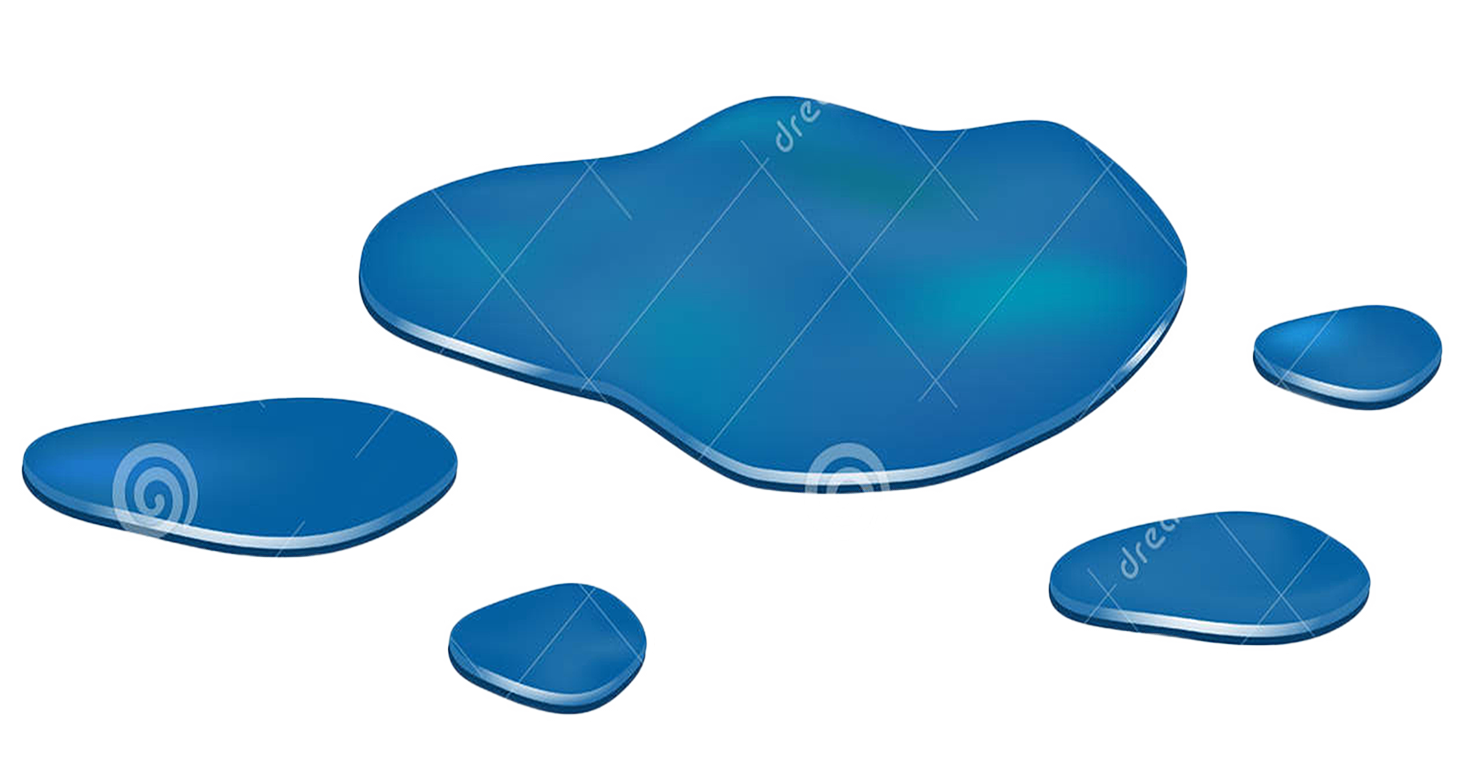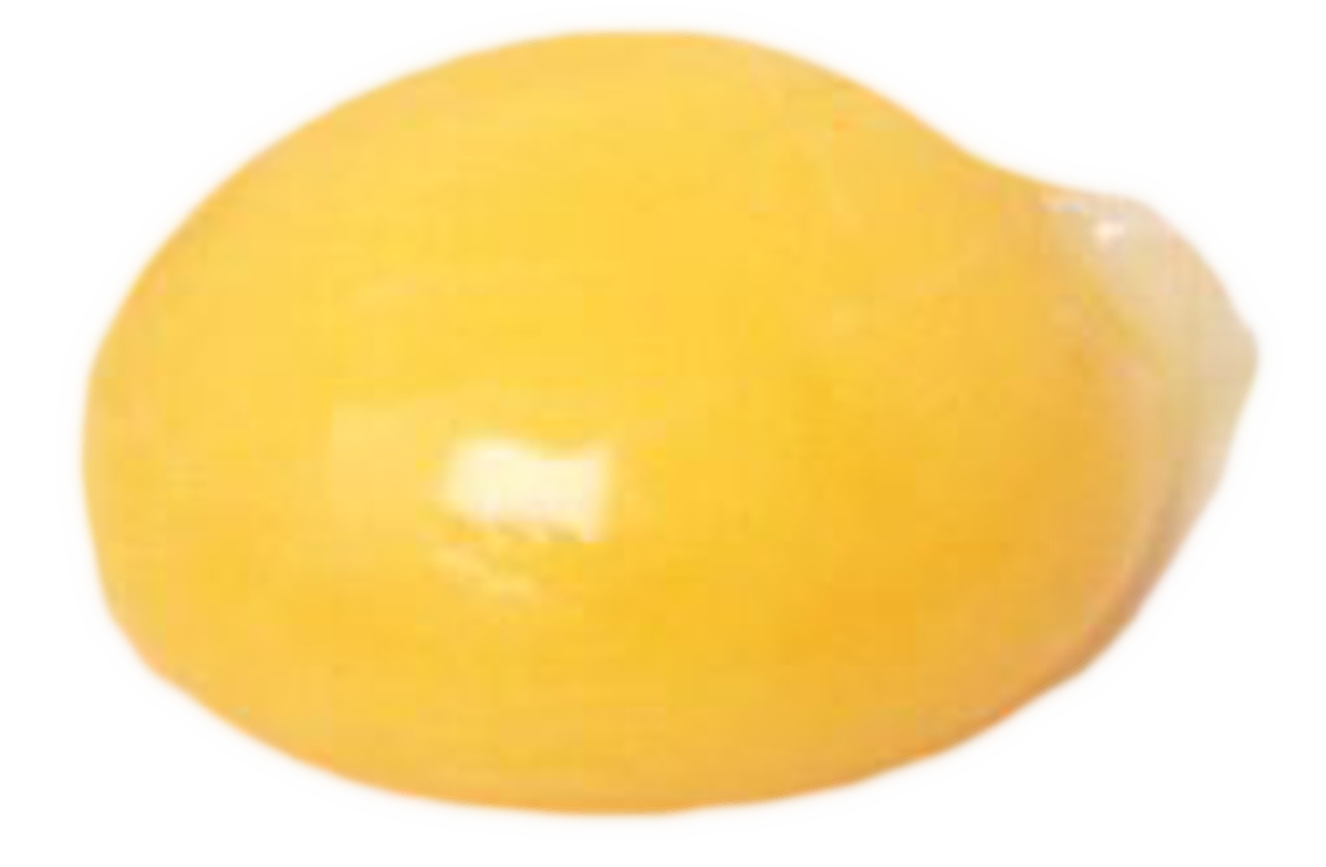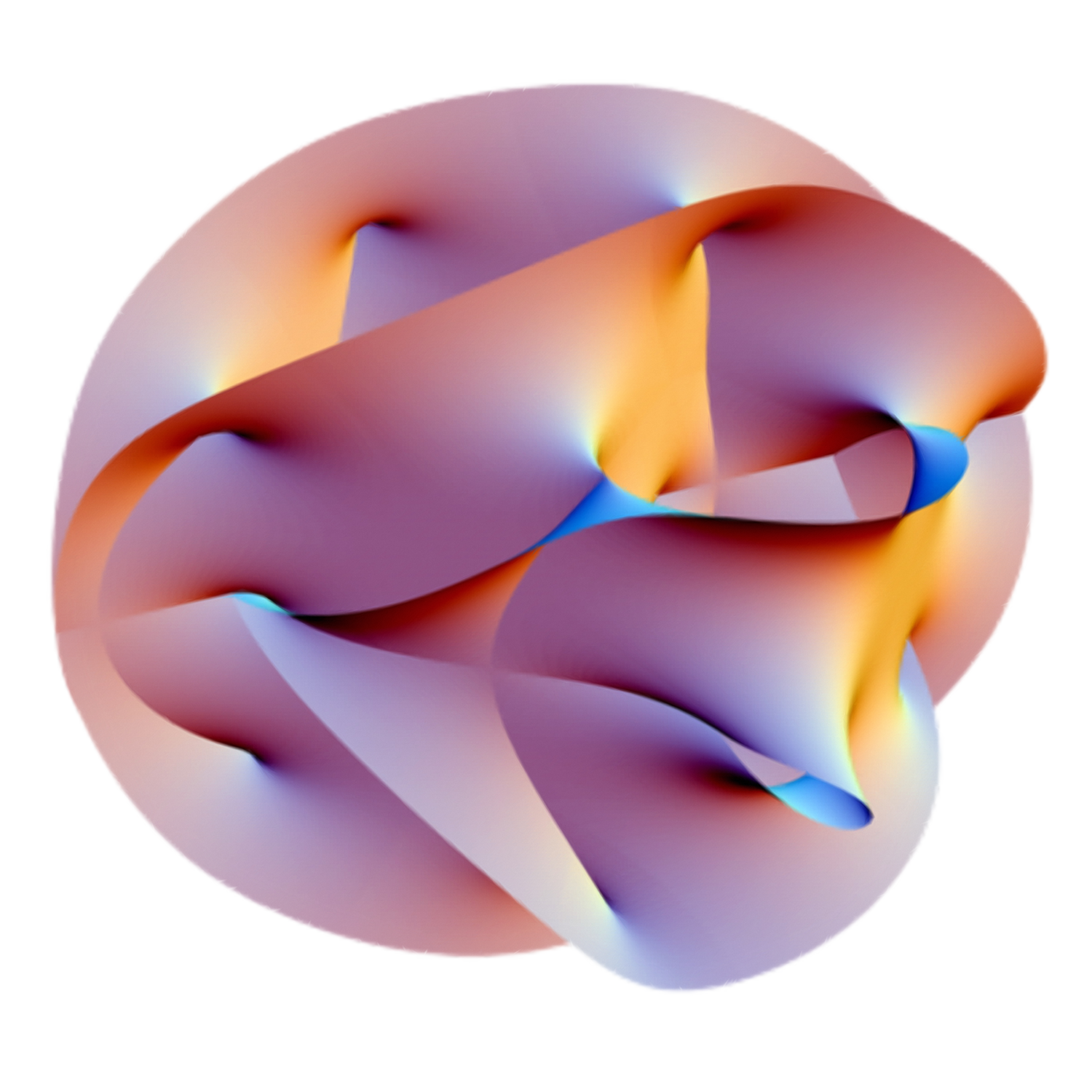Universals is the ongoing project investigating the Google Images’ iconosphere through writing and creation of my own collections of packshots downloaded from Google which I find performing the strongest as images.
About the concept:
False Memory Syndrome is the second chapter of the Universals in which I am digging into the concept of memories. In psychology, false memory syndrome describes a condition in which a person's identity and relationships are affected by false memories, recollections that are factually incorrect but yet are strongly believed. I decided to use pictures downloaded from Google Images to make my memories more general but also play with the nature of packshots which are being created to accommodate feelings and beliefs belonging to the particular community.
About the concept:
False Memory Syndrome is the second chapter of the Universals in which I am digging into the concept of memories. In psychology, false memory syndrome describes a condition in which a person's identity and relationships are affected by false memories, recollections that are factually incorrect but yet are strongly believed. I decided to use pictures downloaded from Google Images to make my memories more general but also play with the nature of packshots which are being created to accommodate feelings and beliefs belonging to the particular community.
UNIVERSALS. PART II: FALSE MEMORY SYNDROME
In the first part of my essay Abstraction Is Not Lying. A Treaty on the Lemon and Other Entities, I outline what universals are. As a reminder: they are exactly what I see with the eyes of my imagination when thinking of a word – for example, ‘puddle’. Each universal is characterized by unity, constancy and hierarchy. The archetypes of universals are mathematical categories.
Supposedly, images in the mind (by which I mean my universals) have an uncertain ontological status. If you do not see something you could say it does not exist. This would entail that everything that you cannot touch does not exist. But an image I am thinking of exists for certain. When I say the world is an egg, your mind conjures up its image. Does this image belong solely to you?
Perhaps the egg that I see looks exactly the same as yours. What do you imagine when I say the word ‘memory’? The face of a mother? A puddle that you stepped in with your new shoes? The scent of peony in your family home? The road from Kosny Street to the Highlander Pub? Her or him…? What appears behind these images? For a moment, I put in parenthesis my convictions of the existence of the real world and the exploring subject. I clear my mind and renounce any assumptions.
Is memory a phenomenon? Think for a moment about intentionality, which is an association that connects the mind, consciousness, with substance and the object. Some have said that it is granted to every mind. Others have claimed that certain states are not intentional. A memory is not directed at something in particular, but despite this I live the truth. Now ask me what I see when I think of the word memory.
It appears as an abstract mathematical form. A universal of memory with beautiful colours, which I cannot understand, but that I can feel as an amazing structure that surrounds me. My memory uses the image of the shape of Calabi-Yau. It is a topological model, a geometric object that locally has the structures of a defined area or other vector curve.
This shape helps to understand what a generalized, random number of dimensions of the concepts of a curve or an area might look like. Its introduction was caused by a variety of needs from both mathematics and my theory of universals. Calabi-Yau shapes suggest that there are additional time-space dimensions that are peculiarly intertwined with the interiors of universal.
Infinity does not just expand outward. It is a blurry spot. Don't wait for the beginning of this text. The linear train of thought is far behind. Everything is a disordered web. I am having trouble locating memories on a timescale. Thinking about anything is a presentness, which does not last long. It can be a particle smaller than the gaps between your fingers.
Concretizing memories, I am designing my future. Who are you if you decide that your childhood was happy? There is no past, future and present. I am meticulously designing my memories. I am creating prose, a story of my life. I see a colourful sphere that is expanding in the direction of specificity.
I imagine a space in which my future is happening in the present. In it, I lay out a green grass lawn and wait for the sun. When I am already inside, I realize that the images that I am using are low resolution. Why? They looked sharp from afar. Do you remember when I asked if the image that appeared in your mind belonged to you? Sometimes I feel that the image I am seeing is not mine.
I am using someone else’s materials, stripped of context. Are these memories, for certain, mine? Do you know what a false memory is? It is a recollection present in your memory and endowed with a strong, subjective conviction that it is a recollection of an event in real life, which did not actually take place. False memories are present in all healthy people.
Some memories have low resolution. I cannot see them fully. I can only see the fragrance and the reflection of the light – azure, I think. What is low quality? What can your eye see? What do you see behind the window? Falling snow or pixels? Is noise made up of dots? Or maybe it’s just a spilled stain that reflects dust? Subjective certainty is based on impression. I am undergoing an experience. I am freely shifting meanings.




